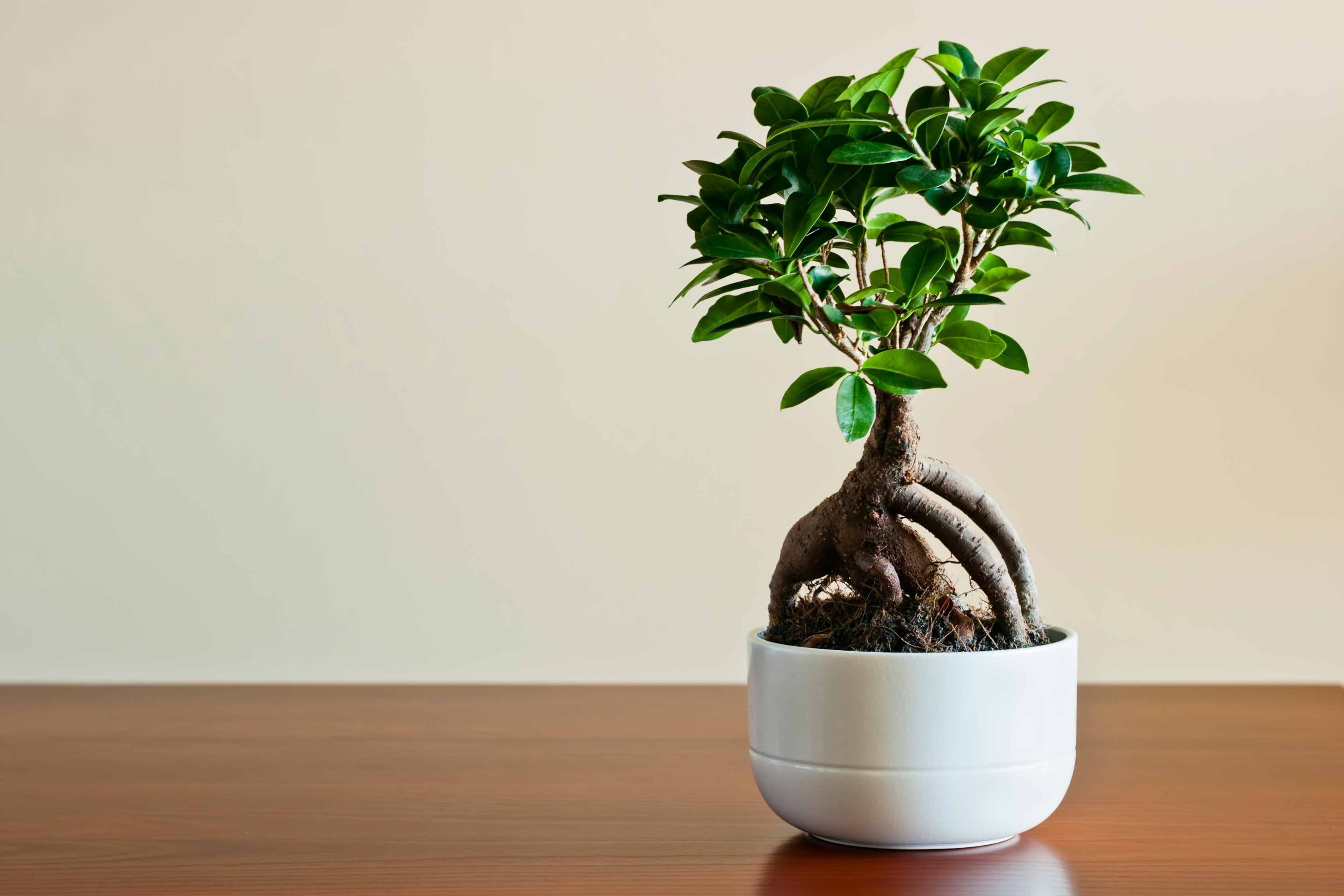Introduction:
Bonsai, the ancient Japanese art of cultivating miniature trees, is a practice that embodies harmony, balance, and the beauty of nature in a small, living sculpture. Originating in China over a thousand years ago and later refined and perfected by Japanese artisans, bonsai is not just a hobby but a way of life—a meditation in miniature that connects the grower with the essence of trees and the passage of time. In this guide, we'll explore the art and philosophy of bonsai, from selecting the right tree and container to shaping, pruning, and caring for your own miniature masterpiece.
The Essence of Bonsai:
Bonsai is more than just gardening—it's an art form that embodies several key principles:
-
Harmony: Bonsai seeks to create harmony between the tree and its container, the branches and the trunk, and the tree and its environment. Every element of a bonsai composition should complement and balance the others to create a unified and aesthetically pleasing whole.
-
Balance: Balance is essential in bonsai design, with careful consideration given to the placement of branches, the distribution of foliage, and the overall symmetry and proportion of the tree. A well-balanced bonsai conveys a sense of stability, tranquility, and natural grace.
-
Simplicity: Bonsai embraces simplicity and minimalism, with an emphasis on clean lines, uncluttered compositions, and a sense of quiet elegance. Less is often more in bonsai design, with the focus on revealing the essential beauty of the tree and its form.
-
Patience: Bonsai is a practice that requires patience, as trees are shaped and trained over years or even decades to achieve the desired form and character. Patience is essential for bonsai growers, who must learn to work in harmony with the slow pace of nature and the gradual process of tree development.
Getting Started with Bonsai:
Follow these steps to begin your journey into the world of bonsai:
-
Selecting a Tree:
-
Choose a suitable tree species for bonsai cultivation, considering factors such as size, growth habit, leaf size, and climate compatibility. Common bonsai species include juniper, pine, maple, ficus, and elm.
-
Choosing a Container:
-
Select a bonsai container or pot that complements the size and style of your tree, with consideration given to colour, shape, texture, and proportion. Traditional bonsai pots are typically shallow and unglazed, allowing for proper drainage and aeration of the roots.
-
Shaping and Training:
-
Begin shaping and training your bonsai tree by pruning away unwanted branches, wiring branches into desired positions, and selectively removing foliage to achieve the desired silhouette and overall design. Use bonsai tools such as pruning shears, concave cutters, and wire to sculpt your tree with precision and care.
-
Caring for Your Bonsai:
-
Provide appropriate care and maintenance for your bonsai tree, including watering, fertilizing, repotting, and pest and disease management as needed. Pay attention to the specific needs of your tree species and adjust your care routine accordingly.
-
Embracing the Journey:
-
Bonsai is a journey of continuous learning and discovery, with each tree presenting its own unique challenges and opportunities for growth. Embrace the process of bonsai cultivation with humility, patience, and an open mind, allowing your tree to evolve and mature over time.
The Art of Bonsai Care:
Mastering the art of bonsai care requires attention to detail and a deep understanding of your tree's needs:
-
Watering: Water your bonsai tree regularly, keeping the soil evenly moist but not waterlogged. Use a watering can with a fine nozzle or a misting spray bottle to deliver water gently and avoid disturbing the soil or foliage.
-
Fertilizing: Feed your bonsai tree with a balanced, water-soluble fertilizer during the growing season to promote healthy growth and vibrant foliage. Use a dilute fertilizer solution applied according to the manufacturer's recommendations to avoid over-fertilizing.
-
Pruning and Shaping: Prune your bonsai tree regularly to maintain its desired shape and size, removing unwanted growth, crossing branches, and excess foliage to enhance its overall structure and aesthetics. Use sharp pruning tools and wire to sculpt and refine your tree with precision and care.
-
Repotting: Repot your bonsai tree every few years to refresh the soil, prevent root binding, and promote healthy root growth. Repotting should be done during the tree's dormant period, typically in early spring or late winter, using a well-draining bonsai soil mix.
Conclusion:
Bonsai is more than just a hobby—it's a way of life that invites us to connect with nature, cultivate patience and mindfulness, and appreciate the beauty of simplicity and harmony. Whether you're a seasoned bonsai enthusiast or a newcomer to the art, there's always something new to learn and discover in the world of bonsai.
So, embrace the zen of bonsai cultivation, and let your creativity and passion for trees guide you on a journey of growth, beauty, and tranquility. With patience, dedication, and a deep respect for nature, your bonsai trees will flourish and bring joy and inspiration into your life for years to come.
Happy bonsai gardening!

